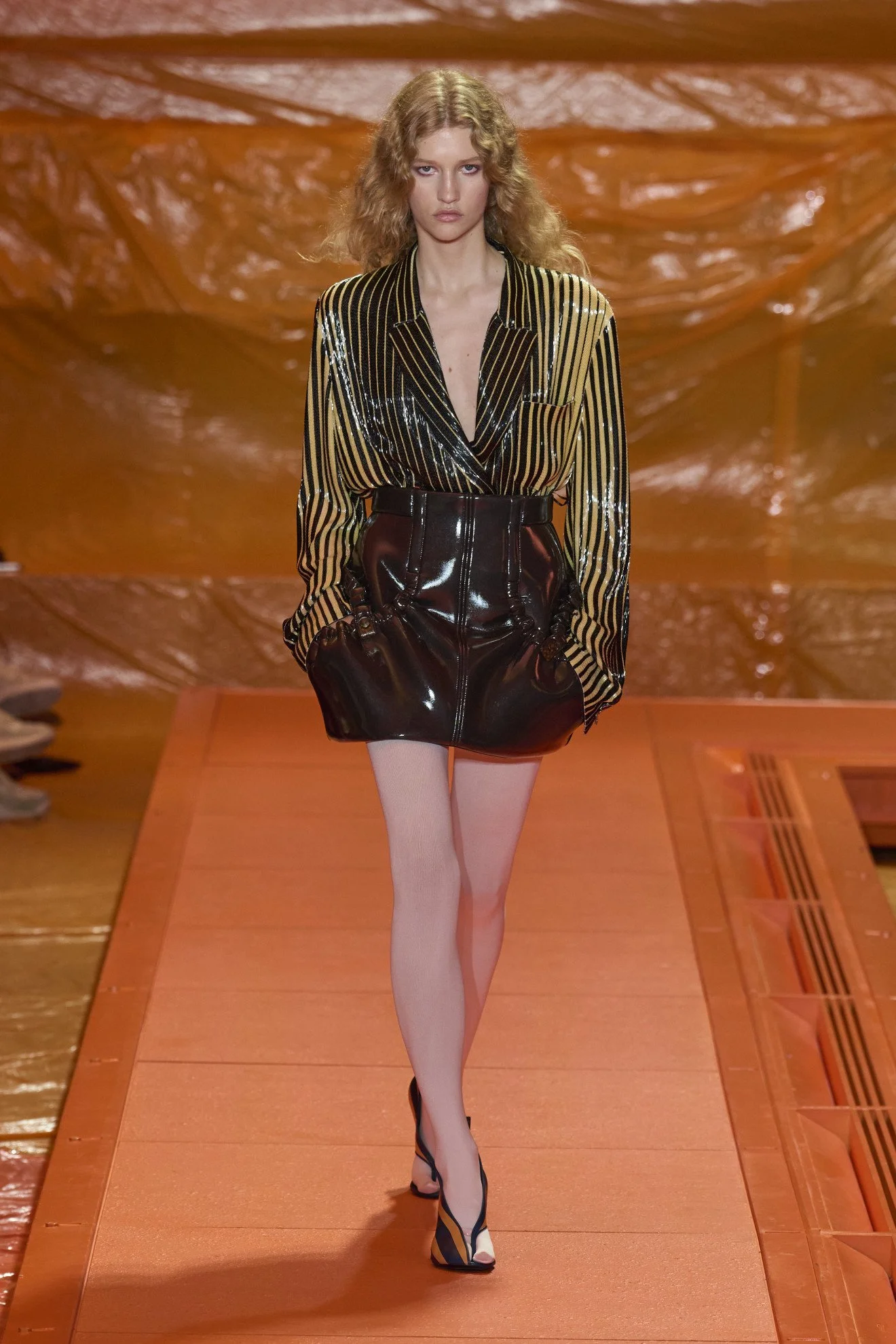Resonance: When Emotional Brand Becomes Fandom

Luxury is shifting from ownership to experience; resonance is the feeling that makes communities stay.
We don’t join brands. We join the feeling we keep returning to when the noise dies down. Call it Resonance—the note a brand holds in the body long after the campaign ends, the show closes, the product is put back on its stand. Resonance is not volume; it’s echo. It’s the way something crafted with care keeps finding you in ordinary moments and quietly saying, “you’re still you.”
“Emotional brand” gets mistaken for a moodboard or a celebrity cameo. It isn’t. It’s the lived promise about how a brand will make us feel and the discipline to make that feeling repeatable. Emotional brand is built in the small hours: the seam that doesn’t quit, the concierge who remembers, the unboxing that isn’t a spectacle so much as a ritual—a tiny ceremony that returns you to yourself. It’s provenance you can touch and care you can verify. The rest is choreography.
Resonance begins where spectacle ends. Spectacle is designed to be witnessed; Resonance is designed to be kept. One sells a moment. The other builds a memory. Memory is the secret architecture of fandom. People don’t become fans because a brand is famous; they become fans because the brand helps them make sense of who they are. Fandom is simply organized memory: a chorus of people repeating the same feeling back to each other until it becomes culture.
Listen to how that chorus works. Someone learns the language—the cut, the scent, the way a clasp clicks shut—and teaches it to a friend. Someone else tells a story about the atelier that patched a dress years later without a receipt because “stewardship is part of the house.” Screenshots become receipts. Receipts become ritual. Ritual becomes belonging. This is how communities form around a feeling: not by being told what to desire, but by being invited to rehearse desire together.
And the definition of luxury is moving to meet them there. Luxury used to be a ledger of possession. Now it is a theater of experience. The rarest material isn’t a stone; it’s unbroken attention. Modern luxury stages attention with intention. A fitting that feels like a liturgy. A dining room that opens like a chapter, not a shift. A beauty ritual that treats your skin as a reliquary, not a billboard. The product still matters—craft is the proof—but the experience is the meaning. Luxury is evolving from “I have” to “I feel,” and from “I bought” to “I belong.”
This evolution unnerves brands that are fluent in exposure but not in care. Visibility can be rented; devotion must be earned. You can hack reach; you cannot counterfeit return. The audience notices when the story is louder than the stewardship—when the campaign sings but the warranty mumbles, when the drop dazzles and the aftercare disappears. People will clap for the show and quietly walk away. Resonance doesn’t ask for applause; it asks for alignment.
So what creates alignment? Not a gimmick. Not a perfect founder monologue. Alignment is boring on paper and luminous in practice: a promise that is small and true, proof that can be touched, and a practice that helps people feel it again and again. The promise is emotional—calm, power, recognition, relief. The proof is material—fabric, finish, service, timing that keeps its word. The practice is ritual—moments designed to be repeated without becoming rote. When these three are present, a brand stops being a broadcast and becomes a place. Fandom is simply the neighborhood that grows around that place.
Press and social have their roles in this. Editorial sharpens the thesis; platforms carry the texture. But neither can deliver Resonance if the back-of-house isn’t aligned with the front-row. The most persuasive story in the world collapses if the zipper bites or the email goes unanswered. Conversely, the quietest brand becomes inevitable when its care is consistent. Devotion travels faster than budget because devotion delegates; people who feel seen become narrators.
The question we ask at Prophecy is simple: what feeling are we asking people to carry home? If the answer is foggy, the strategy will be noisy. If the answer is exact—serenity, daring, dignity, permission—then the work becomes a kind of choreography: compose a ritual that delivers it, design proofs that make it undeniable, and invite a community to keep time with you. That’s when a purchase becomes a practice, a showroom becomes a sanctuary, and a logo becomes a language.
Resonance is not mysticism; it’s maintenance. It is ethical, repeatable, trackable care. It is the courage to be specific about what you want people to feel and the humility to build the operations that let them feel it twice. In a market trained to chase moments, Resonance is the long game: the customers who return without being chased, the fans who archive your craft without being paid, the culture that quotes you because you gave it something worth remembering.
Luxury isn’t dying; it’s deepening. The future belongs to brands that treat attention as sacred, experiences as stages, and communities as co-authors. Emotional brand is the work. Resonance is the reward. And fandom? That’s just what happens when enough people recognize themselves in the same light and decide to keep it alive together.


